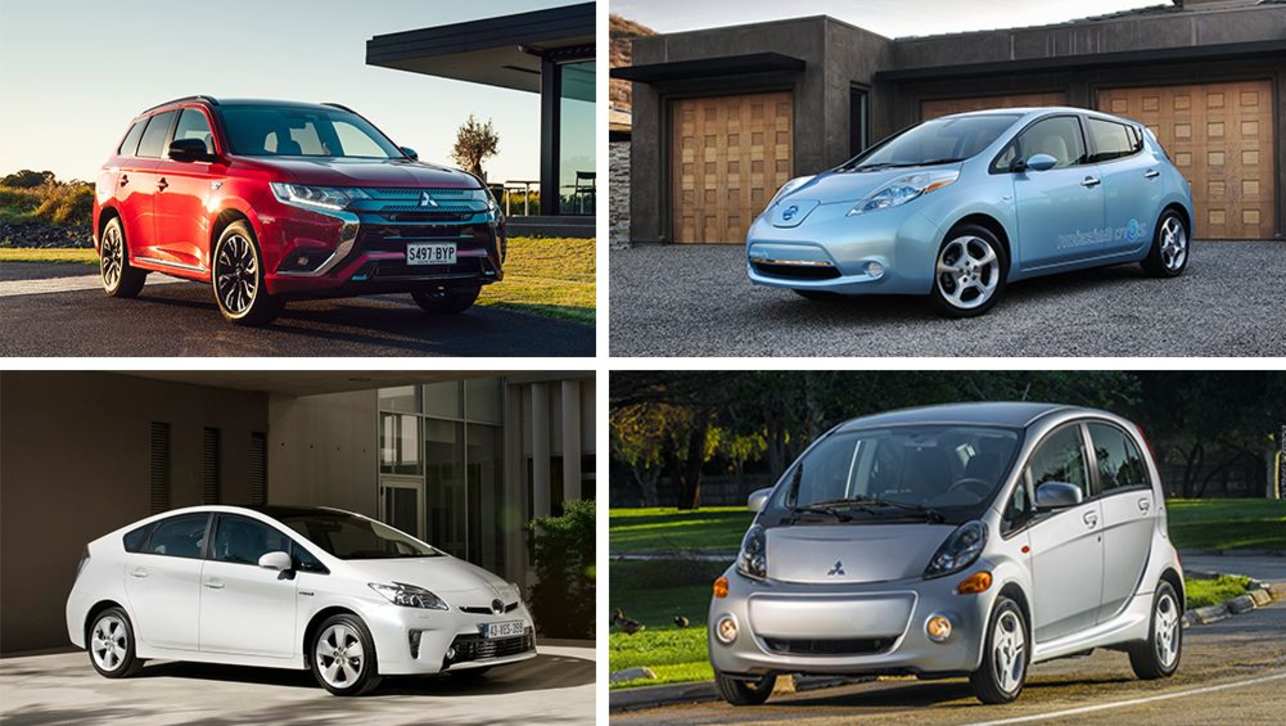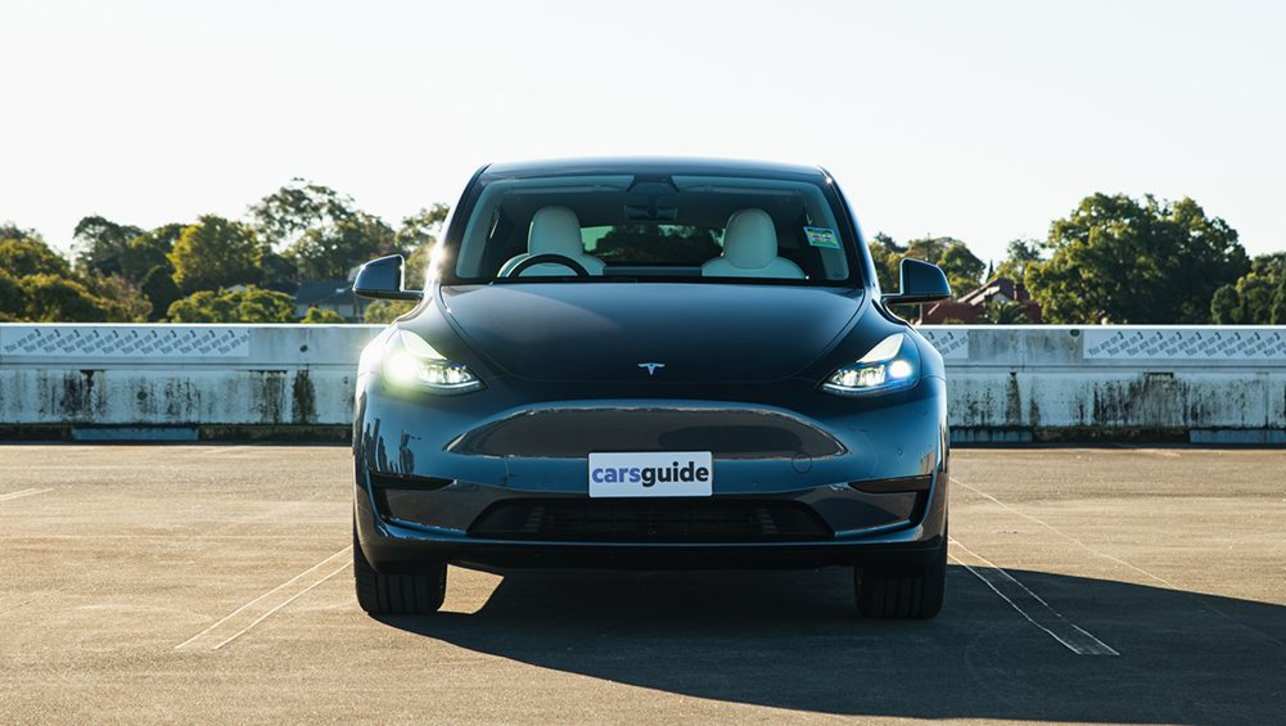‘Electrified’ hybrid vehicles have been offered in the Australian new car market for over 20 years, with pure-electric models widely available for more than a decade.
And with some older hybrids and EVs now getting to the point where gradual degradation will have compromised their battery’s ability to hold a useful charge, the question is does the cost of a new battery make sense?
Estimates vary on how long an electric car’s battery should last with factors like temperature, charging routine, driving approach and battery construction all playing a part.
Earlier nickel-metal hydride packs are generally on the watch list after eight to 10 years, with lighter, more durable lithium-ion batteries now expected to last twice that time, potentially longer than the cars they’re powering.
To put battery development into perspective, on arrival in 2001 the first-generation Toyota Prius packed a mighty 1.78KWh’s worth of hybrid battery capacity with the recently released BMW i7 EV limo dialling that up to a mega 106kWh.
Most car manufacturers are now offering a specific eight year/160,000km warranty on the drive battery in their electric and hybrid models, the majority stating the battery should be holding a minimum of 70 per cent capacity after those eight years (and/or 160,000km),
Not bad when you think about the number of charge-discharge cycles it might go through in that time and the power it would feed through to the motor (or motors) over that distance.
And EV tech development never sleeps, so cheaper, smaller, lighter, even more powerful and longer-lived batteries are coming down the pipeline.
A recent report from the US Office of Energy Efficiency & Renewable Energy has found that electric vehicle battery pack costs in the USA in 2022 were close to 90 per cent lower than in 2008.
But have prices in Australia been following a similar trend?
If your not-so-new EV’s charges aren’t lasting as long as they used to and you need to recharge more often, there’s little doubt the battery is on the way out.
And if you’re thinking about acquiring an older EV or hybrid, is it sensible to consider the option of battery replacement should it be necessary?
To try and answer that question we’ve priced replacement packs for a selection of older models; two pure EVs, a plug-in hybrid and a 'self-charging' parallel hybrid.
On paper, it’s a mixed bag when looking at 10- and 15-year-old cars as potential candidates for a new battery without ‘writing them off’ in terms of market value.
First off, although it sold in tiny numbers Mitsubishi’s i-MiEV was the first zero tailpipe emissions EV from a mainstream manufacturer in the Australian market when the tiny five-door hatch arrived in late 2010.
A replacement battery for the iMiev costs around $12,000 and with examples listed for sale on Autotrader, CarsGuide and Gumtree ranging between $5-$13K, battery replacement clearly doesn’t add up.
The first-generation version of the larger Nissan Leaf EV hatch was launched here in 2012 and a replacement battery for that car also comes in at around $12K.
With multiple examples from 2012 to 2016 listed on Autotrader, CarsGuide and Gumtree for between $14K-$25K a full battery replacement is seemingly out of the question.
Mitsubishi followed the iMiev with a more day-to-day family-friendly model in the shape of the first-generation Outlander PHEV in 2015.
A replacement battery for a first-gen version of that car will set you back $12-15,000. And with used models across Aspire, ES, LS and Exceed grades ranging from around $20K to just under $40,000 a battery swap-out is a marginal proposition.
And finally, the ground-breaking Toyota Prius, a hybrid model that arrived way back in 2001, but took off in terms of popularity with the second-generation version in 2003.
A replacement battery for a 10- to 15-year old Prius, where the drive battery will likely be showing its age, now costs approximately $3000.
And with examples of the model from that timeframe listed for between $18,000 to $20,000 it could be a worthwhile upgrade.
There are also local aftermarket suppliers like Injectronics offering remanufactured replacement hybrid batteries for the Prius and others. Or Infinitev with a range of new replacement batteries.
Second life
What about the used battery once it’s removed from the car, though? As any hardened capitalist will tell you… follow the money.
Start-ups around the globe are focusing on second-life uses for EV batteries and the economics of recycling them once they finally reach end-of-life.
After some remanufacturing, lithium-ion batteries in particular retain enough performance to support applications like stationary energy-storage.
One of the current challenges is the wide range of battery-pack designs, made suitable for different car applications, varying in size, electrode chemistry and format. A move to greater standardisation is likely.
And in terms of recycling a 2023 study by McKinsey & Company has looked at the potential for financially viable recovery of battery materials like lithium, cobalt, and nickel.
All are finite resources, often extracted from delicate environmental areas, and with bodies like the EU directing car manufacturers to take back end-of-life batteries, the commercial opportunity is huge.
Recovery logistics, shredding, smelting and leaching processes as well as batteries designed to better facilitate recycling will be a big focus in coming years.
Charge your EV like your phone
But are there ways to extend a battery’s life and delay the need for replacement?
It seems counterintuitive, but current EV industry wisdom is that running an electric vehicle's lithium-ion battery down to empty and charging it all the way to 100 per cent stresses the individual cells, accelerating degradation.
Keeping your charge level in the 20 to 80 per cent zone is ideal, although if you’re intending to lean on an EV’s maximum range on a longer trip it makes sense to go for a full charge.
Day-to-day it may be better to think about charging your EV in the same way as many think about charging their phones.
That is, top up when you can, don’t let remaining charge drop into the red zone, don’t worry about ‘filling the tank’ to maximum capacity and limit charging to 80 per cent most of the time.


.jpg)


.jpg)







.jpg)


.jpg)
.jpg)

.jpg)

.jpg)


.jpg)
.jpg)




Comments